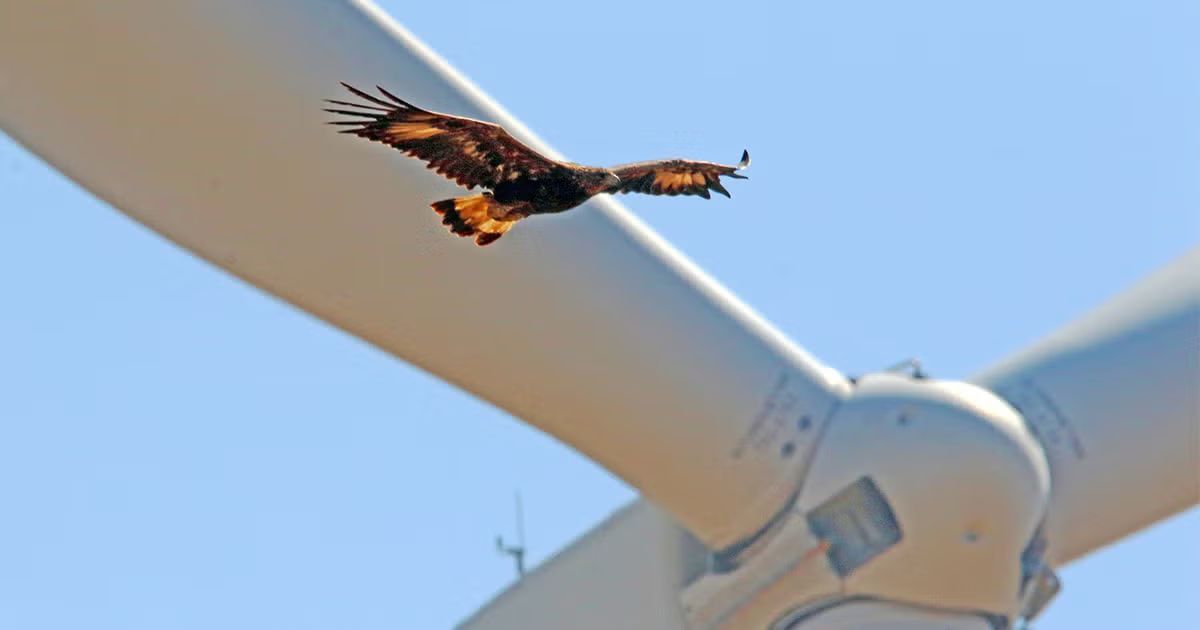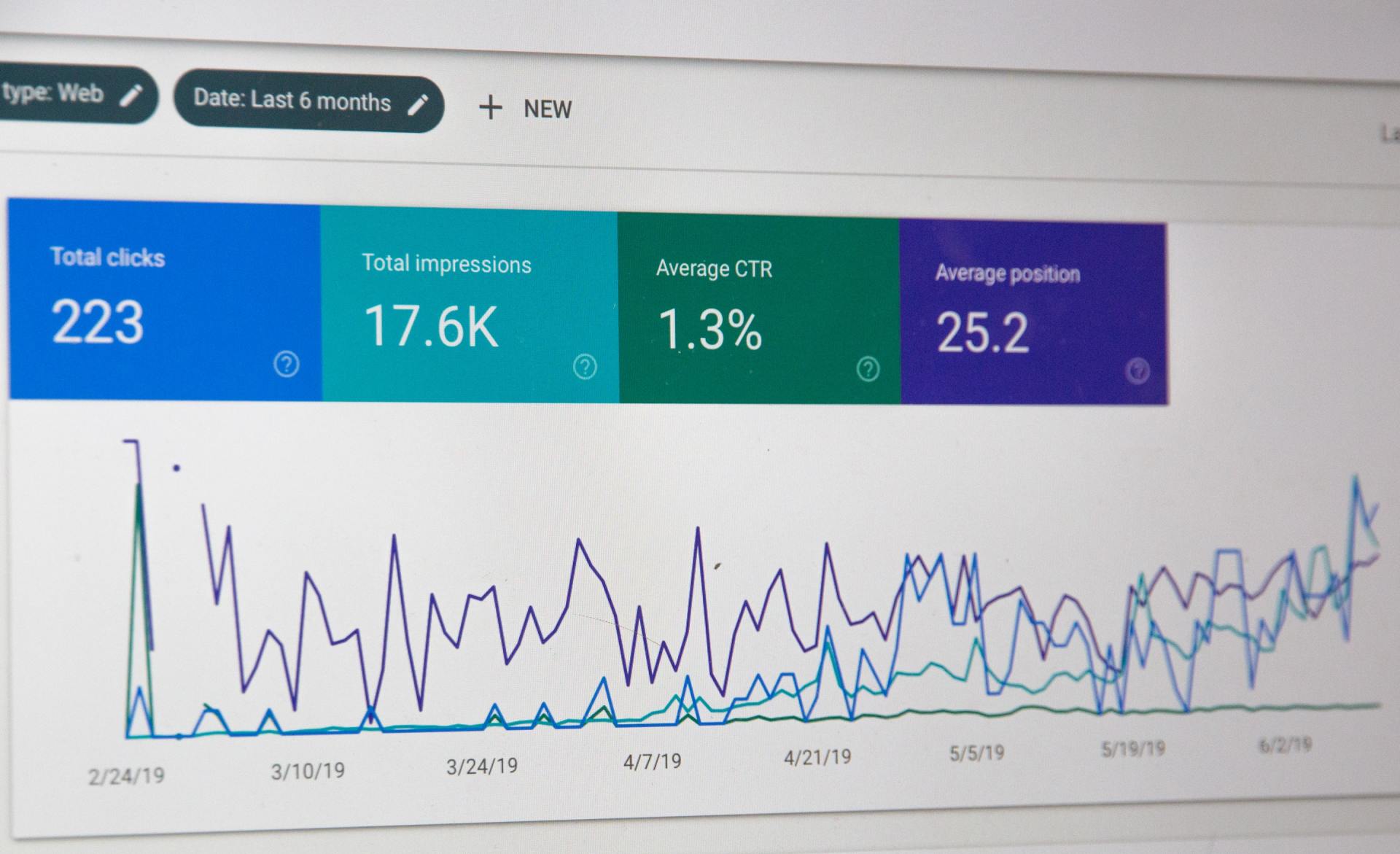
Wind Power Under Scrutiny: Environmental Costs and Bird Deaths Raise Alarms
By
Joseph Provence, a news contributor who writes about technology, small business, SEO, and e-commerce.
Jan 29,2025 2:30 PM MST
Recent incidents of wind turbine debris washing up on Nantucket's beaches have sparked renewed debate about the environmental and economic viability of wind energy. As broken fiberglass shards from damaged turbine blades threaten beachgoers' safety, experts point to broader issues surrounding wind power infrastructure.
Analysis reveals that wind farms require significantly more critical minerals than traditional power sources. Offshore wind installations demand 13 times the mineral resources of natural gas plants, while onshore facilities need eight times as much. This intensive mineral extraction raises environmental concerns about mining impact and resource sustainability.
Land use presents another challenge. Research by the Breakthrough Institute indicates wind energy requires approximately 30,000 acres per terawatt-hour of annual electricity generation, dwarfing nuclear energy's 18-acre footprint. The comparison becomes starker when examining output: America's largest onshore wind farm, the Alta Wind Energy Center, generates just one-tenth of the electricity produced by the Palo Verde nuclear plant, despite its 582 turbines.
The impact on wildlife has become increasingly concerning. According to the American Bird Conservancy, wind turbines cause over one million bird deaths annually. Golden eagles, whooping cranes, and other protected species are particularly vulnerable to collisions with turbine blades. Bats, crucial for agricultural pest control, also face significant risks, with hundreds of thousands dying yearly from both direct collisions and barotrauma caused by rapid air pressure changes near turbines. Offshore operations pose additional risks, with companies seeking permissions to conduct activities that could harm marine mammals through sound wave emissions.
The industry faces mounting waste management challenges. Projections suggest the United States will account for about 20% of global wind turbine blade waste by 2050, totaling roughly 47 million tons. The blades' durable construction makes recycling difficult, leading most to end up in landfills.
Reliability remains a fundamental weakness. Wind turbines operate at maximum capacity only 35% of the time, compared to nuclear plants' 93% efficiency rate and modern natural gas facilities' 64% capacity factor. This intermittency requires backup power sources, typically smaller natural gas plants, increasing both infrastructure costs and overall system expenses.
Despite these challenges, wind energy receives substantial government support. The sector is set to receive an estimated $425 billion in subsidies between 2023 and 2033, plus approximately $200 billion in additional green energy incentives. Studies indicate this support is crucial for the industry's survival, with wind plants showing significant performance declines around their tenth year of operation, coinciding with the expiration of production tax credits.
State-level renewable portfolio standards further boost wind energy adoption, with ambitious targets like California's goal of 60% renewable electricity by 2030 and 100% by 2045. However, critics argue these policies mask wind power's true costs and environmental impact.
As debris continues to wash up on Nantucket's shores, critics argue that wind energy's environmental toll and reliability issues warrant a reassessment of current energy policies. While renewable energy remains crucial for addressing climate change, the mounting evidence suggests that wind power's drawbacks may outweigh its benefits without significant technological advancement or policy reform.




